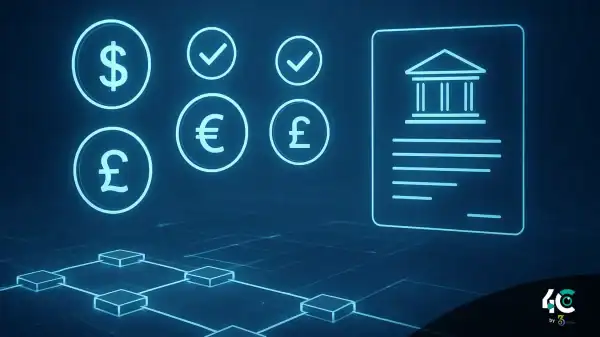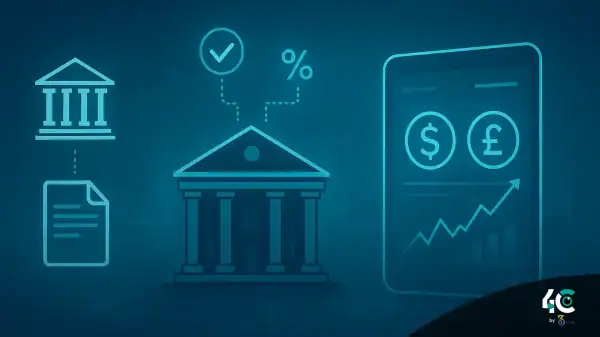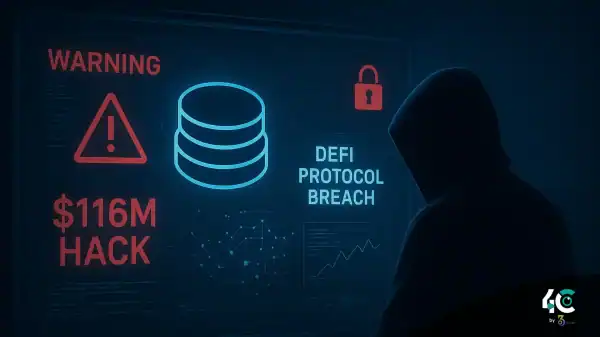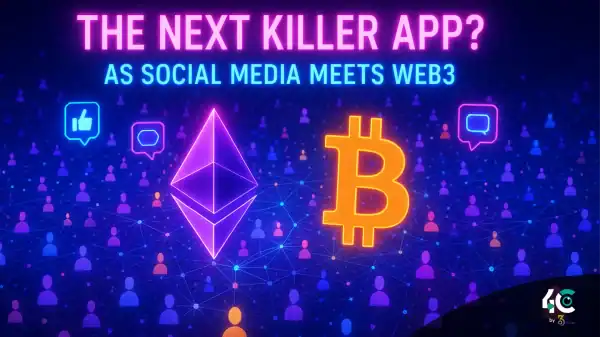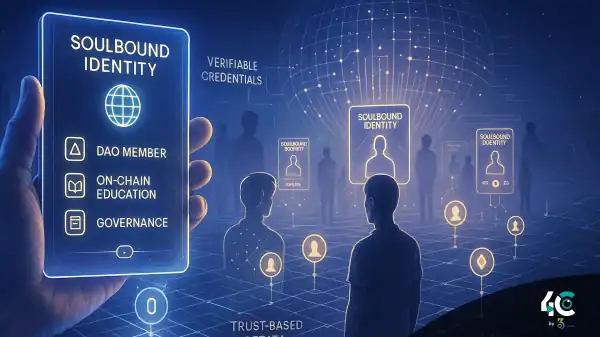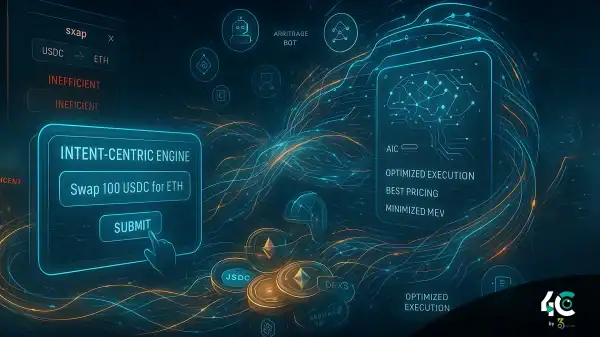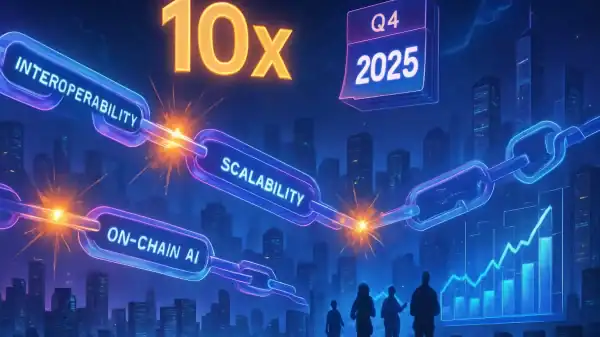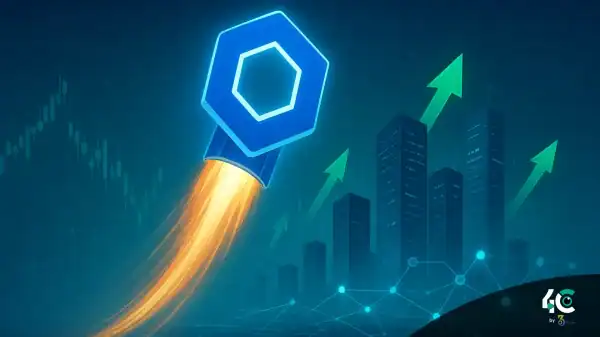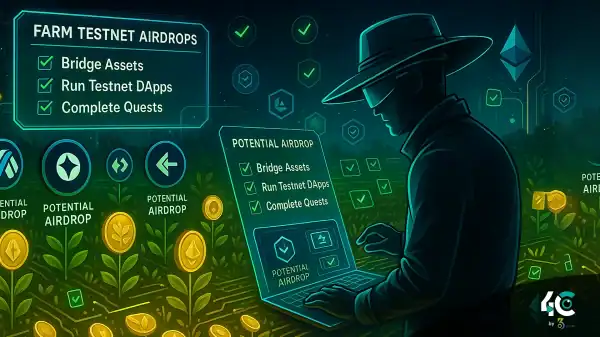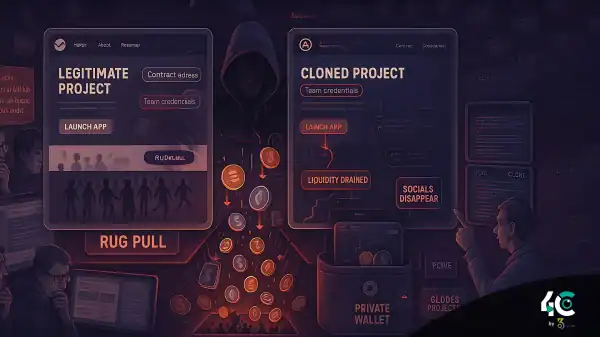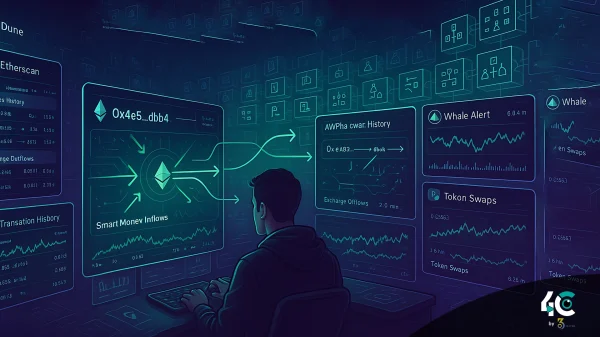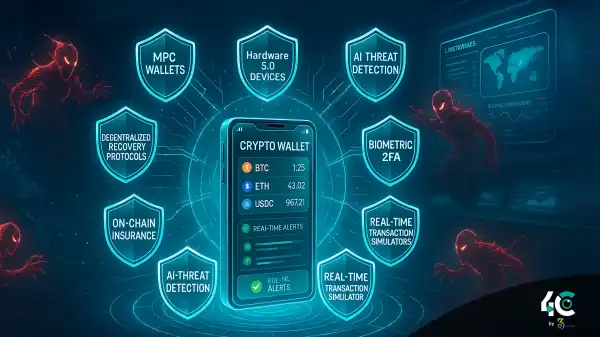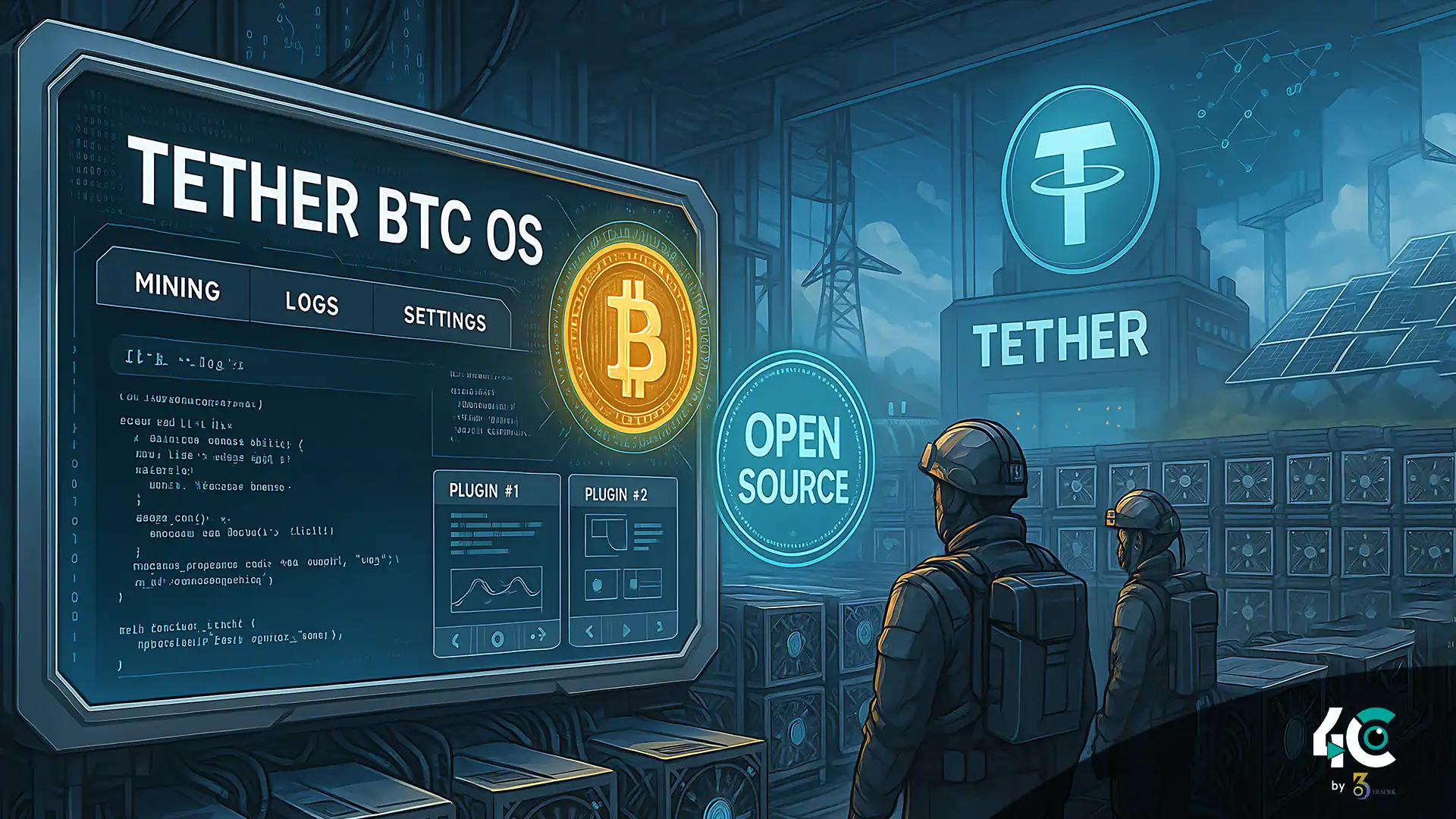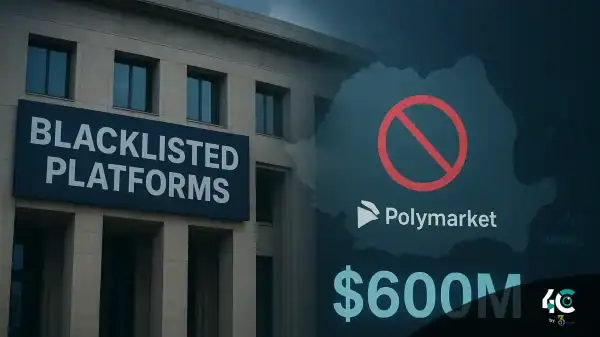Tether Launches New Open-Source OS for Bitcoin Miners
Tether, the issuer of the widely-used stablecoin USDT, is setting out to reshape the landscape of Bitcoin mining. Tether plans to release its Bitcoin Mining Operating System (MOS) as open-source software in Q4 of 2025, according to a statement shared with TechCrunch.
Paolo Ardoino, Tether’s CEO, announced on X (formerly Twitter) that the software will reduce dependence on costly third-party solutions. “This will allow many new bitcoin mining corporations to enter the game. This way, they can compete in ensuring the safety of the network,” Ardoino explained.
The goal is to decentralize mining operations and reduce the competitive edge of major public mining firms.
Tether will work towards open-sourcing its Bitcoin Mining OS (MOS).
— Paolo Ardoino 🤖 (@paoloardoino) June 9, 2025
A horde of new Bitcoin mining companies will be able to enter the game and compete to keep the network safe.
No need anymore of any 3rd party hosted software.
MOS will create an even playing field reducing the…
Modular Architecture to Support Any Mining Operation
MOS is designed with a modular peer-to-peer IoT architecture, supporting hardware configurations from Raspberry Pi setups to massive data centers with thousands of machines.
The OS will feature advanced management for power systems, cooling environments, and hardware control, accommodating a wide array of mining equipment.
Flexibility Through Plugins and AI Integration
What sets MOS apart is its customizability. Developers can create plugins for specialized mining hardware or unique mining environments.
Tether will also integrate its AI-driven platform, QVAC, to offer real-time analytics and performance insights. This tool aims to help miners optimize efficiency and detect operational issues early.
Designed for the Future of Mining
Giw Zanganeh, Tether’s VP of Energy and Mining, told The Block that MOS could become the new industry standard. “It can handle any size of mining operation; it is robust, available, and flexible; operational simplicity is its design,” he stated.
This project is part of Tether’s broader vision to move beyond stablecoins, branching into artificial intelligence, energy infrastructure, and financial education.
Industry Reaction and Outlook
The technical documentation for MOS is expected by the end of 2025. However, the crypto community is already optimistic about its potential.
The open-source release may significantly reduce the cost and complexity of Bitcoin mining, encouraging more decentralized participation and lowering barriers to entry—thus potentially reshaping global mining infrastructure.



